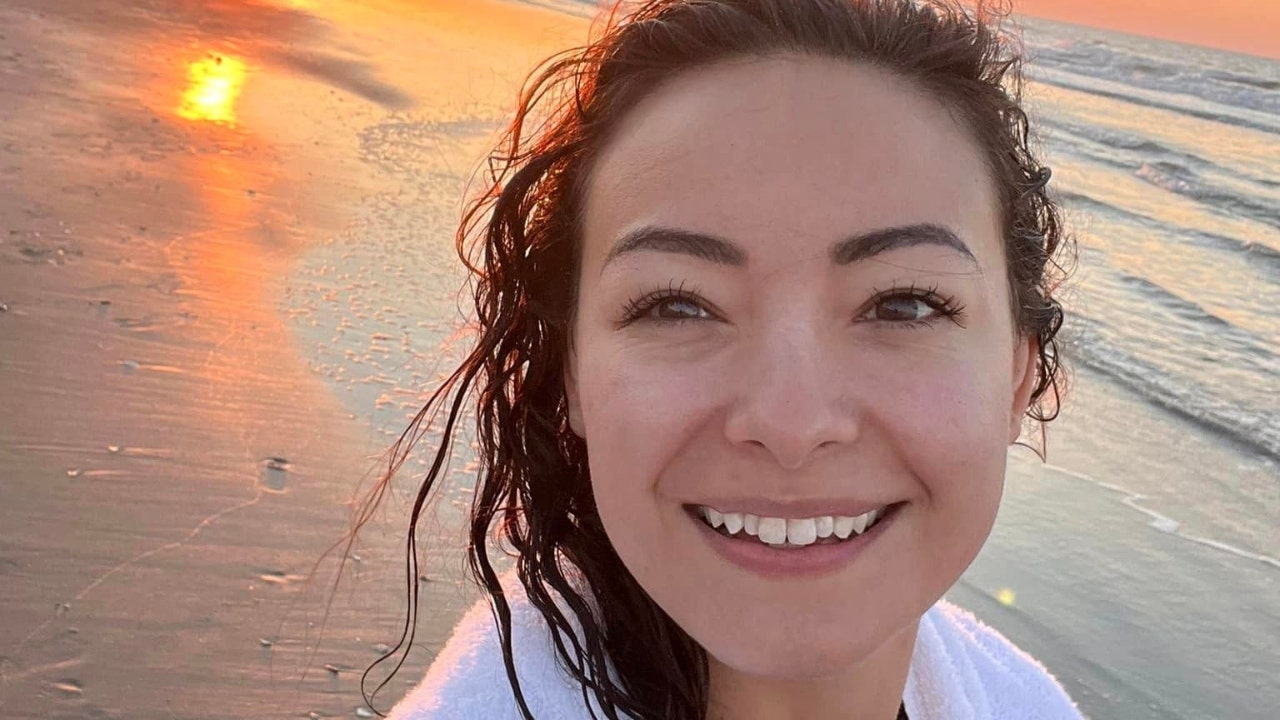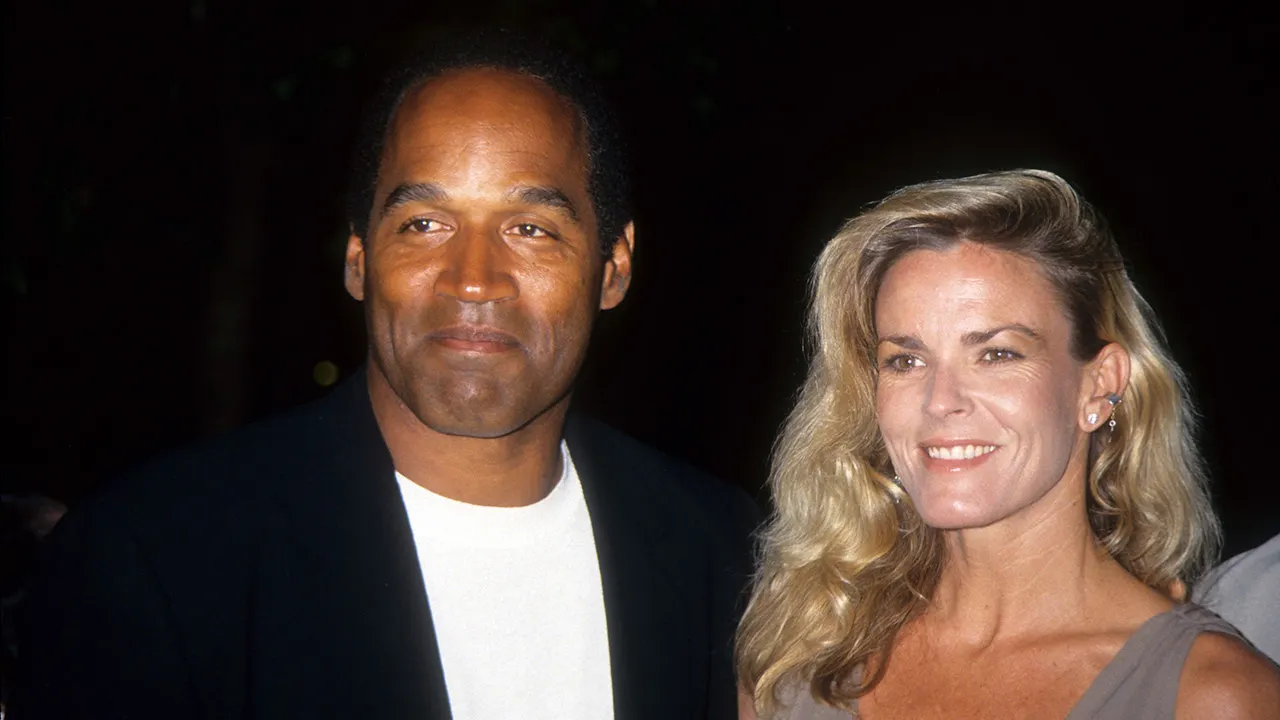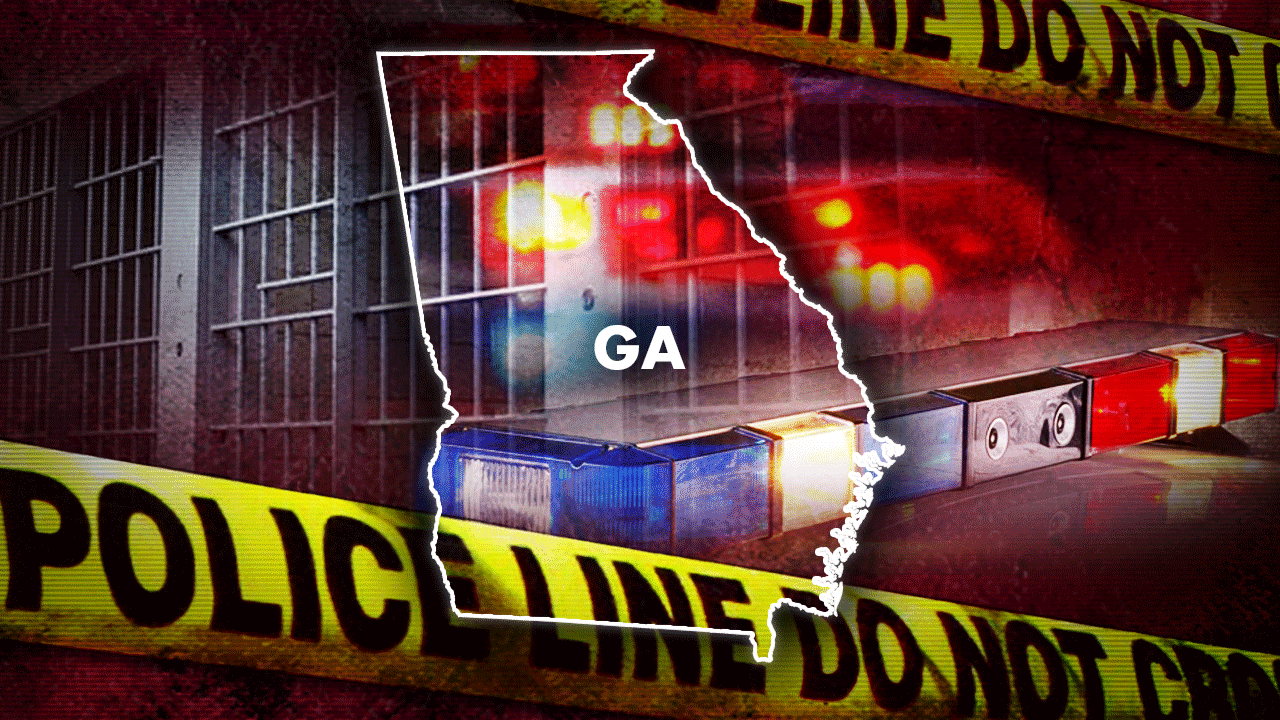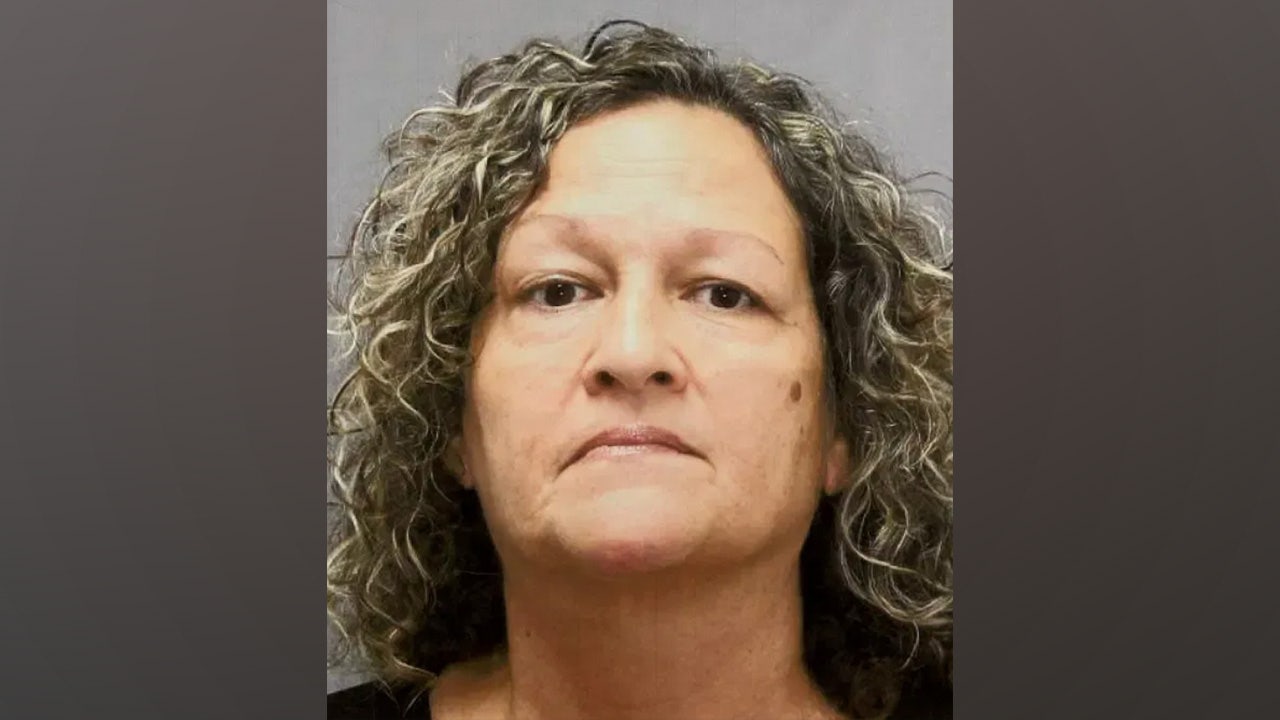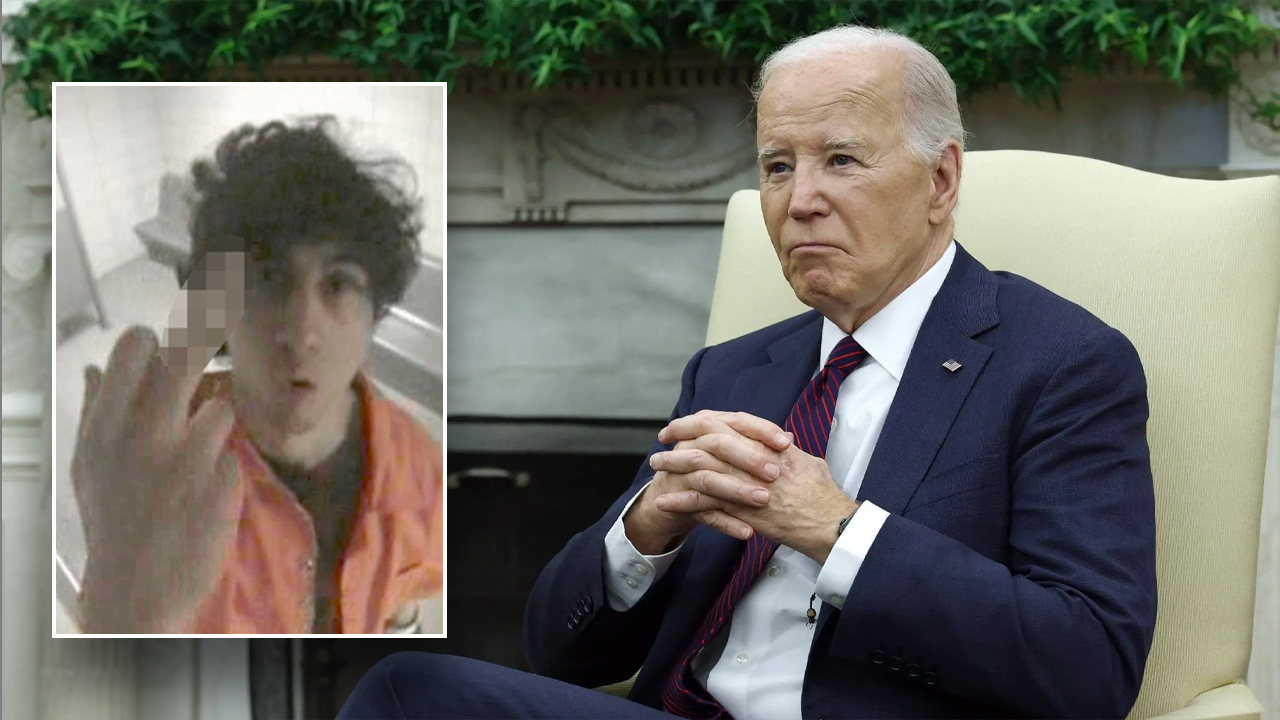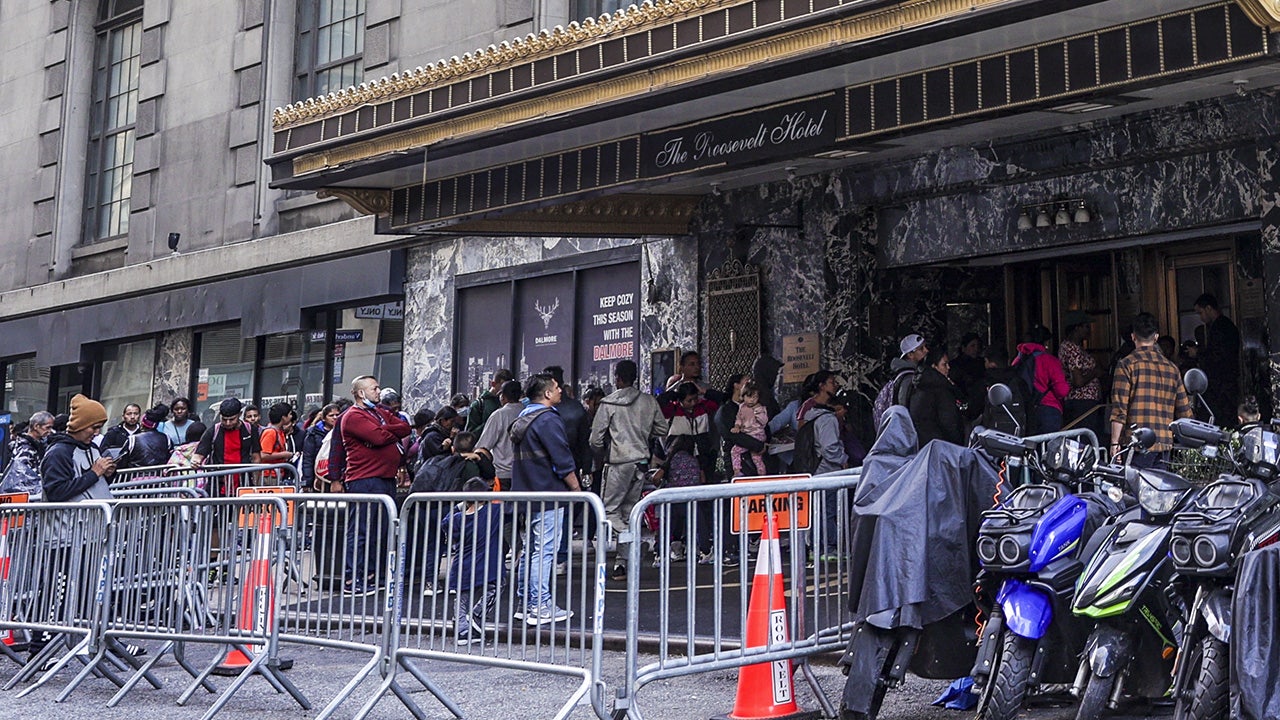When city leaders in Boston set out last spring to renew their focus on violence prevention, they set a modest goal: reduce homicides by 20 percent in three years.
No one imagined what the city of 650,000 has seen so far this year: four homicides, a 78 percent reduction from the 18 that took place over the same period in 2023.
Luck has played a part, the normal ebb and flow of violent crime. Yet the longer the quiet has persisted, the more pressure the city has felt to sustain it. As summer set in with a blistering heat wave, anxiety rose. Will a seasonal uptick in violence shatter the preternatural calm?
“We’re not even halfway through the year, and I get superstitious,” Michael Cox, the Boston police commissioner, said in a recent interview, acknowledging his reluctance to talk too much about the phenomenon. “But we are doing so many things, and hopefully it is having an impact.”
City and police leadership are quick to acknowledge that the remarkably low number of homicides is not all their doing, and that bigger forces are at work. Large cities across the country saw violent crime decline in the first quarter of this year, part of a continuing downward trend after an alarming spike during the pandemic.
Boston’s smaller population, relative to other major cities, helps narrow the scope of violence prevention efforts. There is also a strong local foundation for such work, dating to the 1990s, when academic researchers, clergy and community leaders worked together to drive change so transformative, the “Boston Miracle” captured national attention.
The city set its new goal last year as Mayor Michelle Wu encouraged law enforcement and public health workers to revive that collaborative approach. Her administration has mined historical crime data to pinpoint 150 “micro-locations” across the city — as specific as a single intersection — where violence has flared in the past, and where custom-designed interventions can have outsize impacts.
A similarly granular approach involves reaching out to past violent offenders, and survivors of violence — seen as largely overlapping groups — to find out what they need to stay out of trouble. Some ask for transfers to other public housing, away from conflicts that spur violence. Others need food, clothing or health care, or help acquiring G.E.D.s or skills training to prepare them for employment.
“Boston is a place where 40 percent of violent crime happens on 4 percent of city streets, and where a very small number of people drive a significant part of the violence,” said Isaac Yablo, the mayor’s 29-year-old senior adviser for community safety. “So when you go and get to know the people, eventually you’re going to know the people involved.”
The goal, pursued through outreach to neighborhoods and weekly meetings where 15 community organizations and city departments trade ideas and updates about some of the several hundred people on their radar, is to “engage 100 percent of the individuals most likely to shoot or be shot,” Mr. Yablo said.
Previous efforts to identify those most likely to be involved in crime have stirred concern about racial profiling and a lack of transparency. Ms. Wu, in her former role as a city councilor, raised such questions about a gang database maintained by the Boston Regional Intelligence Center and used by the city’s police. Some changes were made to the database as a result, including the removal of more than 2,000 names, but criticism of its use has continued.
Some intelligence and analysis from the center are used in the city’s latest push to curtail violence, but leaders of the effort said their approach goes far beyond policing, prioritizing public health and basic needs above the sorting and surveilling of gangs.
Thomas Abt, the founding director of the Violence Reduction Center at the University of Maryland — who has worked with Boston in the past year on its techniques — acknowledged valid national concerns about overpolicing but described the Boston strategy as practical.
“They’re carefully identifying people they should spend more time on, based on past behavior,” he said. “That’s just smart policy.”
Boston’s murder tally was already low. The city had 70 homicides in 2010 and 56 in 2020; last year, there were 37. Chuck Wexler, executive director of the Police Executive Research Forum and a former Boston police operations assistant, said the city’s police department has become unusually adept at heading off potential retaliation after violent incidents, a tactic he said is “in their DNA at this point.”
Other experts stressed that multiple factors other than policing help to suppress violence in the city: the strict gun laws in Massachusetts; the significant number of new immigrants, linked by researchers to lower crime rates; and the top-rated hospitals that excel at saving gunshot victims.
“It’s not one thing, but a whole confluence,” said Jacob Stowell, a criminology professor at Northeastern University who studies patterns of violence. “The whys are elusive but fascinating, and worth trying to capture and perpetuate.”
Sandra Susan Smith, a professor of criminal justice at Harvard’s Kennedy School who has documented racial disparities in policing in Boston, credited the city for investing in community organizations — a step increasingly linked to lower crime rates — and said that micro-targeting of locations and people “is by definition not racial profiling, if practiced in the way that police describe.”
Yet she cautioned that attention should still be paid to other ongoing police practices to ensure that racial disparities elsewhere are not overlooked.
Earlier in her tenure, Ms. Wu, 39, faced some criticism of her handling of crime. After the city saw seven homicides in the first two months of 2023, some found fault with what they saw as a muted response.
Since then, the mayor has cultivated deeper relationships with police leadership, helping to negotiate a new five-year police contract with annual raises of 4 percent and new limits on the use of arbitration to overturn officer discipline. She has also pushed back against the City Council’s recently proposed cuts to public safety funding.
In an interview last month, Ms. Wu described violence prevention as “something you have to work on with the same intensity every single day of the year, not just after an incident, when there’s pressure to respond.”
Summer, though, has often been a season of increased violence in Boston, with 30 percent of annual homicides, on average, occurring in June, July and August. On May 21, Ms. Wu announced her summer safety plan, including a revamped system for connecting young people with jobs, mental health outreach to neighborhoods, and funding for block parties and other social events, aimed at strengthening ties among neighbors and displacing drug use or fighting in shared outdoor spaces.
Ten days later, the city was rattled by its fourth homicide of the year, one that felt especially unsettling because the woman killed was not an “intended target,” according to officials.
It was a reminder of how tenuous the peace could be. But even in such moments, Mr. Abt said, “You work the plan, you stay the course.”
Some of the progress has followed long-term police work in high-risk areas. In February, after a two-year investigation of gang activity rooted in a public housing development, federal prosecutors charged more than 40 members of Boston’s Heath Street Gang with racketeering conspiracy, drug trafficking and other crimes.
After the sweep, police officers and city workers reached out to younger residents who had been on the fringes of the gang activity to help them find jobs, education, or other assistance with their own or their families’ needs.
“We want to fill that void before another gang comes in to fill it,” Commissioner Cox said.
City teams are also asking residents of high-risk neighborhoods what they think could help squash crime. Some requests are simple, like more lighting or speed bumps. More complex interventions, aimed at helping residents take back neighborhood spaces, are funded by $100,000 in small grants.
Last summer, a $5,000 city grant allowed residents of a public housing complex in the Charlestown neighborhood to run a dance program three nights a week near its basketball court, a popular spot where residents had felt less safe in recent years. A 15-year-old boy was hurt in a brazen midday shooting there in 2022.
Organizers with the Kennedy Center, a social service organization with 60 years of history in the neighborhood, recruited a local mother to teach a hip-hop class for girls, and found others to lead classes in Haitian folk dance and salsa.
“You could see people coming out of the house, checking it out, feeling like, ‘OK, I don’t have to worry for this hour,’” said Crystal Galvin, the Kennedy Center’s director of community services, who plans to bring back dance classes this summer.
Ms. Wu upped the ante last month, releasing the city’s first “Plan to End Violence” — a quest that sounds less absurd these days than it did a year ago.
“When the goal is to reduce violence, or respond to it better, it subconsciously sends the message that there’s not much you can do,” said Mr. Yablo. “This strategy is, prevent it.”

